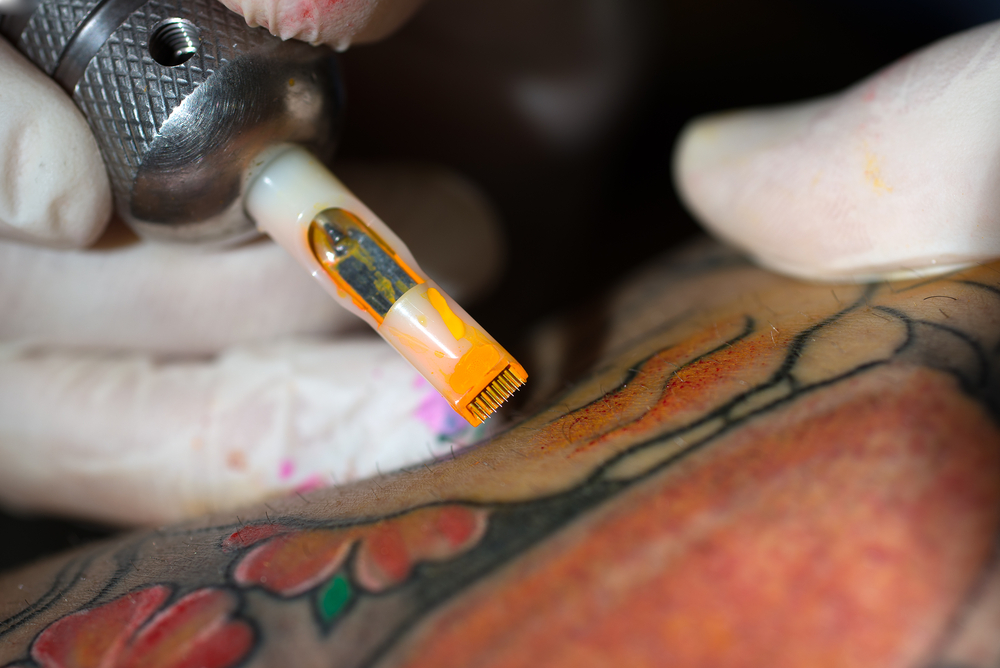How Tattoo Artists Could Help Reduce Skin Cancer

Tattoo artists may have a role to play in reducing cases of advanced skin cancer, researchers say.
That's because tattoos can sometimes hide skin cancers, and make it harder for doctors to diagnose these cancers early, according to a new study.
The researchers found that tattoo artists typically don't have a standard way of dealing with the moles that they may see on their clients, and contrary to what doctors would recommend, many will tattoo right over a mole if a client requests it.
Meanwhile, less than a third of the tattoo artists (29 percent) said they had recommended that a client see a dermatologist for a suspicious skin lesion.
"Our study highlights an opportunity for dermatologists to educate tattoo artists about skin cancer, particularly melanoma, to help reduce the incidence of skin cancers hidden in tattoos," the researchers, from the University of Pittsburgh, wrote in the Jan. 18 issue of the journal JAMA Dermatology. Tattoo artists could also be taught how to recognize a suspicious skin lesion, and encourage their clients to see a dermatologist if they have such a lesion, the researchers said. [Strange Designs: 5 Weird Ways Tattoos Affect Your Health]
There have been several cases of people who had tattoos that concealed skin cancers, the researchers said.
In the new study, the researchers surveyed 42 tattoo artists during the summer of 2016, and asked them about their approach to dealing with moles and other skin lesions or conditions on their clients.
Get the world’s most fascinating discoveries delivered straight to your inbox.
More than half (55 percent) of these tattoo artists said they had declined to tattoo skin with a rash, lesion or spot. When asked why they declined to tattoo skin in these cases, 50 percent said it was because they were concerned about the final appearance of the tattoo, while 29 percent said they were concerned about skin cancer. Another 19 percent said they were concerned about bleeding in their client's mole.
When asked how they dealt with moles, about 40 percent said they tattooed around moles, but 43 percent said that they either tattooed over moles, or did what their clients asked them to do regarding the moles. About 70 percent said that their clients had never asked them to avoid tattooing over a mole or skin lesion.
"There has been a significant rise in melanoma incidence among young adults, some of the most frequent tattoo customers, making surveillance by tattoo artists especially important," the researchers said.
Future studies could follow tattoo artists over time, and examine the effect of skin cancer education in this group, they said.
Melanoma is the deadliest type of skin cancer, and the first sign of the disease is often a change to an existing mole, such as in its size, shape or color, according to the National Institutes of Health.
Original article on Live Science.

Rachael is a Live Science contributor, and was a former channel editor and senior writer for Live Science between 2010 and 2022. She has a master's degree in journalism from New York University's Science, Health and Environmental Reporting Program. She also holds a B.S. in molecular biology and an M.S. in biology from the University of California, San Diego. Her work has appeared in Scienceline, The Washington Post and Scientific American.



